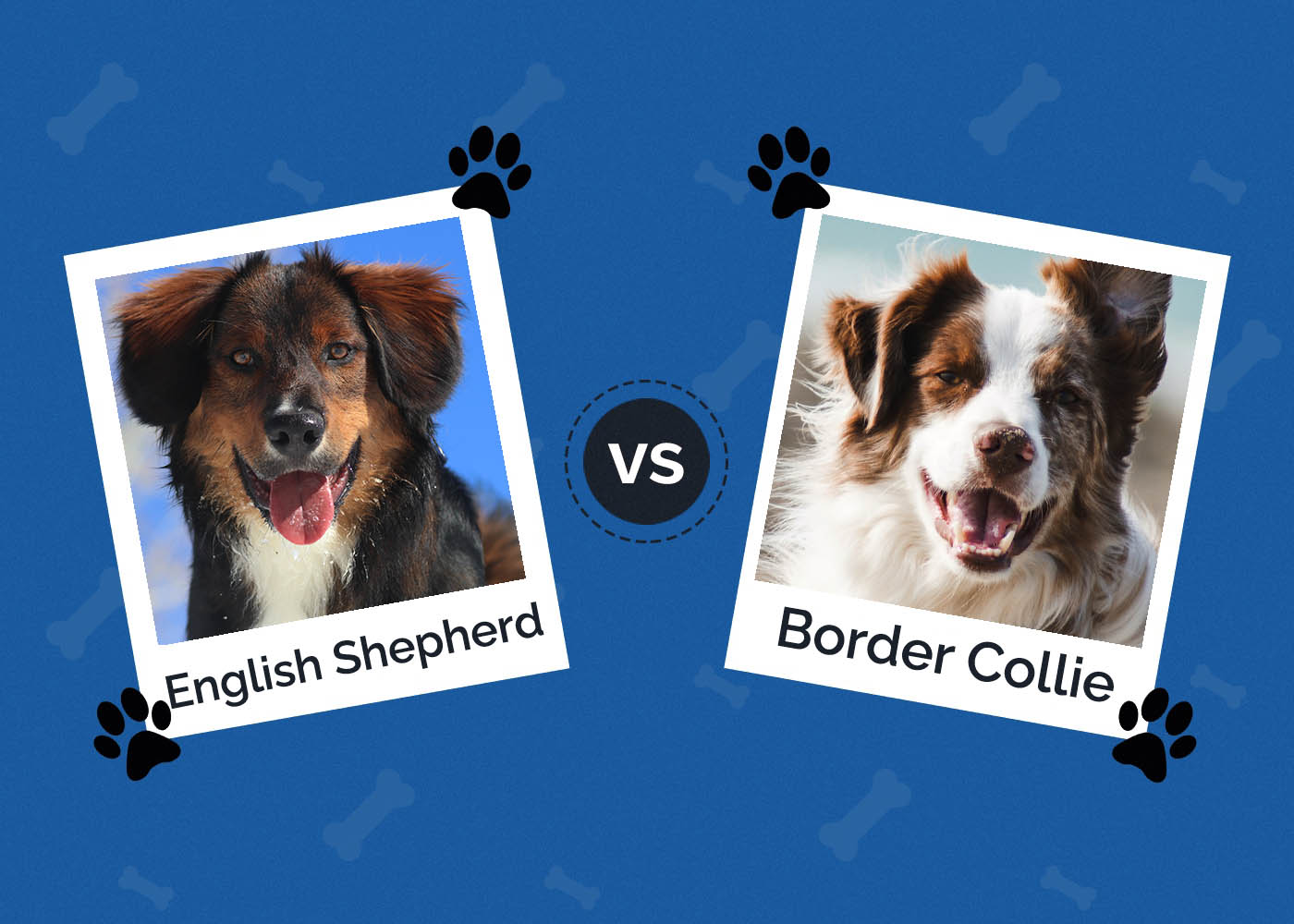Why You Should Let Your Dog Sniff During Walks: 5 Vet Approved Reasons

Updated on
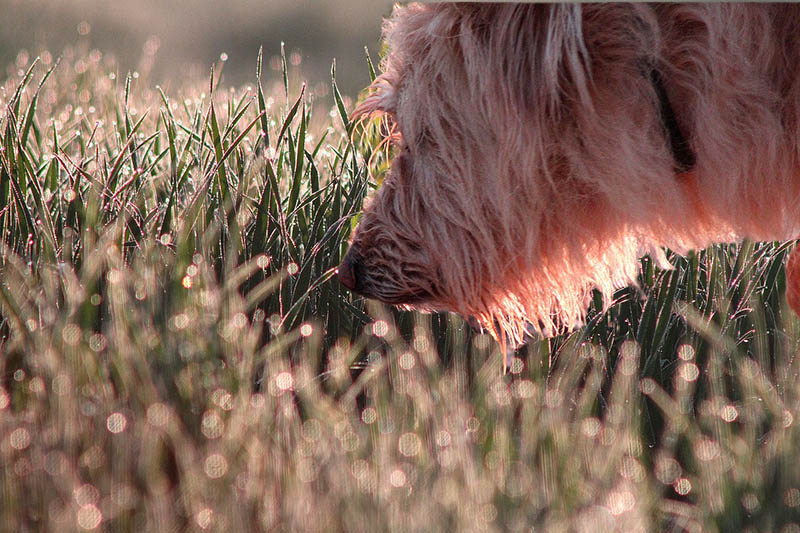
Have you noticed how much time dogs spend sniffing? When they meet new situations, dogs, or people they almost immediately smell them. When dogs are out walking, they are using their noses to investigate their environment the entire time. Dogs have more than 100 million sensory receptor sites in their nasal cavities compared to just 6 million in people. A large part of their brain is devoted to interpreting smells and the part of the canine brain that analyzes odors is about 40 times larger than the area of the human brain that does the same job.
Therefore, to say that dogs have an incredible sense of smell is an understatement—it is their strongest sense. Dogs sense the world as much through their noses as through their eyes. And their incredibly sensitive olfactory system can tell them a lot more about their environment than their eyes can. Smells linger, meaning that dogs can gather historical data with their snouts, finding out about who or what has been through the space they are now in, and helping them when to leave messages for one another.
Smelling things is serious business for your furry friend, so read on to find out all the reasons you should let your dog stop to sniff during walks.
The 5 Reasons You Should Let Your Dog Sniff During Walks
1. Experiencing the World
Smell has evolved as a dog’s primary way to learn about the world. It is essential to their survival. A dog’s nose is so sensitive that they can detect the equivalent of a single drop of liquid diluted in 20 Olympic swimming pools. By continually sniffing their environment dogs can detect and follow scents, allowing them to find food, move through their environment, learn about fellow dogs in the area, and most importantly, avoid predators. A dog can even smell what’s going on underground and in a sense, they can smell the future by sensing the aromas on the wind. Smell has been recently found to be linked to the part of the brain involved with vision in dogs. So they literally do see the world through smells.
If a dog doesn’t take the time to sniff and think, they will miss out on the rich world around them and be oblivious to the stories unfolding.
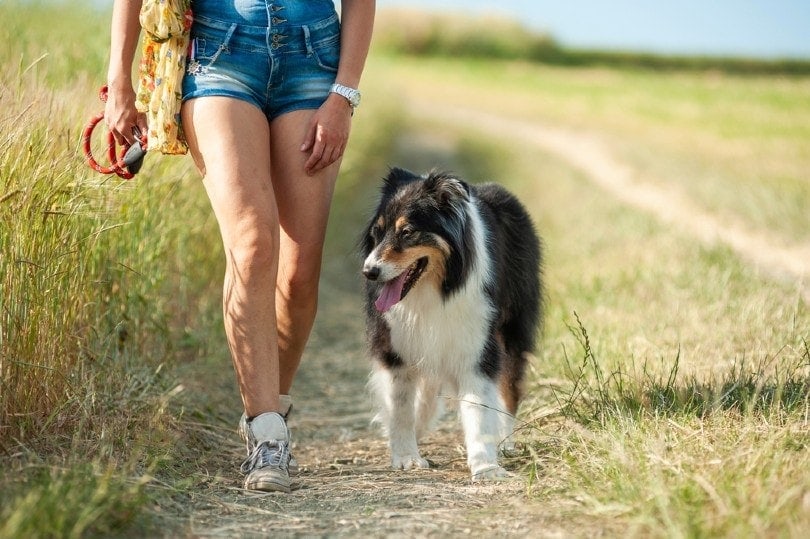
2. Stress Reduction
Smelling is an unconscious, effortless process whilst sniffing is an active process. A Dog Field Study shows that the more freedom a dog has on a walk,3 the more time they will spend sniffing and that the more they sniff the more their heart rate goes down. In the study, there was a direct correlation between the length of the lead (short, long, or none) and the amount of sniffing the dogs engaged in. This study demonstrates that dogs are naturally inquisitive and want to find out a lot about their environment. Evolution has equipped them with a calming reward when they engage in active sniffing.
When you rush a dog and don’t give them the time to sniff their environment properly you may be rushing them through a very intense series of olfactory signals. This may cause your dog to be confused or anxious: they have caught the scent of something that they don’t quite understand and aren’t being given the chance to figure out.
By slowing down you give your furry friend the time and space they need to comprehend all the information in their environment and analyze it to create a fuller picture of their world.
3. It Tires Them Out
When a dog sniffs they are engaging their brain which uses a lot of energy. Giving your dog’s mind a good workout will tire them out, calm them down, and provide them with a sense of satisfaction. A daily walk rich in opportunities to sniff is a vibrant part of a life full of stimulation and fun for your dog. For a dog, checking out all the local hot spots is a bit like reading the newspaper or catching up on social media. After a successful “sniff-walk” your dog will be relaxed with their curiosity satisfied.
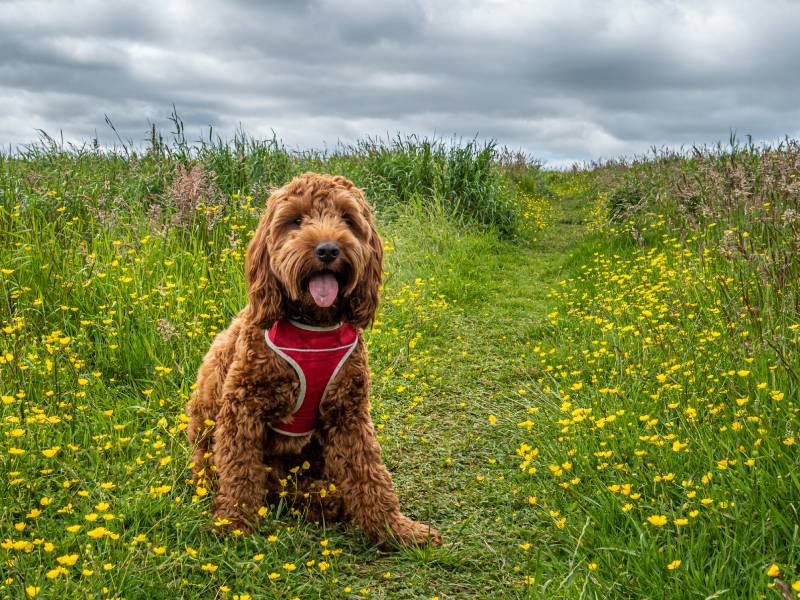
4. Communication with Other Dogs
Although a dog can’t use their nose to directly talk to other dogs, they can use it to pick up the messages left by them. Dogs have a chemical language of their own through which they can sense and learn about other dogs. Firstly, each dog will have a signature scent and even if dogs haven’t met for years, they will remember the other dog’s specific odor. They can also detect whether other dogs are male or female and whether they are available for mating.
Dogs can also sense what foods other dogs have been eating, something which might have been useful in the past to inform them what nutrition might be available around them. The tell-tale chemicals also leave messages about the inner state of their hosts. If your dog detects a stressed dog, they will try to avoid it by taking a different route or walking on the other side of a path.
5. Creating a Stronger Bond with Your Dog
By allowing your dog to sniff and make sense of their everyday surroundings, you are making their walks rich and fulfilling. Your dog is going to look forward to their walks a whole lot more and in turn is going to enjoy going out with you, associating you with facilitating one of the most important parts of their life. This will increase the bond between you and lead your dog to love, listen to, and respect you more.
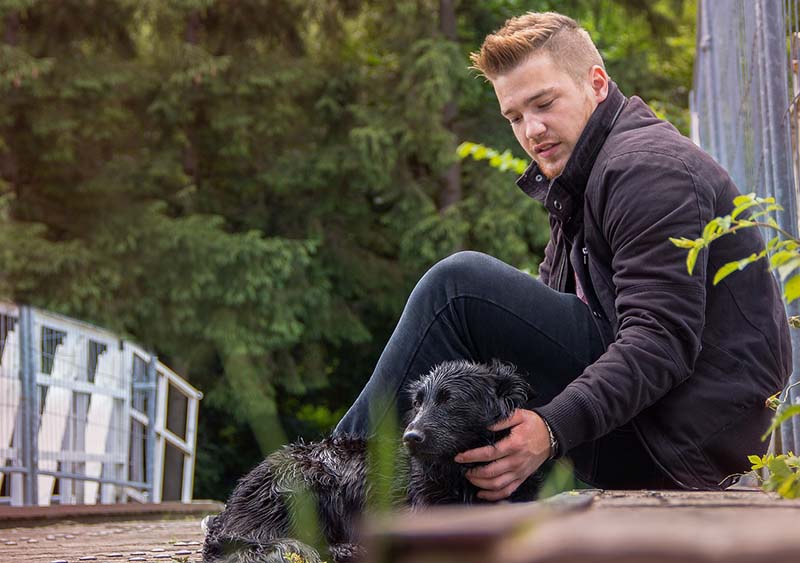
Is Sniffing Really Exercise for Dogs?
Absolutely! Sniffing is such an active process for dogs that it tires them out mentally very quickly. A walk for your dog with plenty of time spent investigating with their noses is more tiring than a straight-up flat-out walk. When canine trainers teach dogs to work with smells, such as teaching them to detect and find specific smells they know that each session has to be kept short. You can try this out for yourself by teaching your dog to find specific toys or treats by smell.
Which Dog Breeds Sniff a Lot?
Although all dogs have an incredible sense of smell, some breeds have been bred to further enhance nature’s amazing gift. These dog breeds were all working dogs whose noses were used to find things and were often hunting dogs. Basset Hounds are one example, originally from France, they use their ears to funnel smells from the ground up to their noses! Bloodhounds are synonymous with incredible abilities to track and find almost anything. They can sniff out their quarry from faint traces on the ground, or even in the air.
A final example of another great tracking dog is the Beagle, which was originally used for hare hunting and today is often used by customs agents to find contraband.
Conclusion
In conclusion, your dog’s most developed faculty is their sense of smell and with it, they learn a lot about the world. Letting your dog sniff during walks is beneficial for their mental and physical health. It allows them to explore their surroundings, get exercise, and socialize with other dogs. Not to mention, it’s a great way for you to bond with your furry friend. So next time you’re out for a walk, make sure to let your dog stop and smell the roses… and the fire hydrants!
Featured Image Credit: Sonia Ugarte, Pixabay





